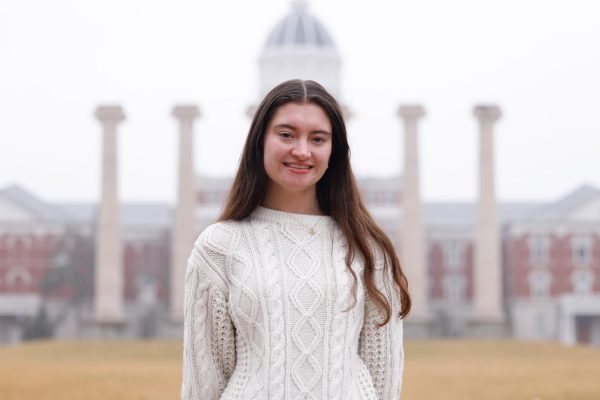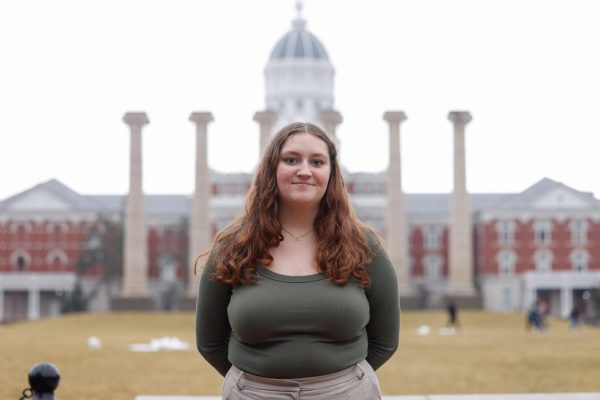As current students walk the streets of Columbia, remnants of past residents can be seen across the city. Whispers of former University of Missouri students float between classrooms, their traditions and culture echoing off the hallway walls. Despite Columbia’s bending and warping to fit the passing of time, many values have stuck with the town.
In 1819, Columbia was originally established as Smithton. Since then, the city has been shaped by its growing population, consisting of different cultures across Missouri and the country.
Though many different faces and walks of life have made their mark on Columbia over the years, some core traditions, values and culture remain.
One recognizable tradition for both citizens and outsiders alike is Homecoming. Sean Rost, assistant director of research at the State Historical Society of Missouri, said Homecoming is an MU tradition that helped solidify Columbia as a college town, though Rost said there is speculation it actually began at this campus.
“Homecoming as a University of Missouri thing is always being doubted as the first homecoming or ‘coming home,’” Rost said. “So that’s always a big deal. That’s always a big thing that’s associated with Columbia and the University, I mean, the tie-in of the town.”
Thomas Kane, director of undergraduate studies at the Kinder Institute on Constitutional Democracy, moved to Columbia in 2008 to pursue his Ph.D in English and creative writing. After graduating in 2014, he assumed a position at the Kinder Institute.
During his time in Columbia, Kane has taken note of many city traditions — from larger events like Homecoming, True/False Film Fest and Unbound Book Festival, to smaller happenings put on by the community.
“People are going out of their way to bring new things to the city that might not otherwise exist here,” Kane said. “They rally behind those projects so ferociously, in the best way.”

Rost said how many traditions have followed the city throughout the years because Columbia is a unique city that brings people from all over.
“I think [MU] has brought a sizable population to the town because of people who attend school here as well as work for the university,” Rost said. “Throughout its history, it’s also brought culture and education to the town as well. I mean, the number of public lectures you can attend in Columbia is sizable compared to other towns just because of various departments within the university.”
The university takes a central location in Columbia — meaning life on campus is intertwined with life downtown, and there are stronger relationships between students and city residents.
“[The relationship] is a lot more kinetic, between those worlds, and it’s something I find really deeply interesting,” Kane said.
College towns can be a place students call home for the few years they stay there. Though Columbia also serves as a transitional space in many students’ lives, Kane has seen students take advantage of what the city has to offer in a way that goes beyond MU.
“I have seen, over my time, students venturing out further and further into Columbia, which is something I find fantastic,” Kane said. “[They’re] going out of their way to find spaces that they feel at home at, rather than spaces they’re expected.”
Edited by Molly Levine | [email protected]
Copy edited by Chase Pray | [email protected]
Copy edited by Natalie Kientzy | [email protected]
Edited by Annie Goodykoontz | [email protected]






MIZZOU Mom • Apr 28, 2025 at 6:24 pm
Thank you for highlighting COMO is home for many years for students. Please advocate for safe streets and urge leaders to crack down on the gun violence!